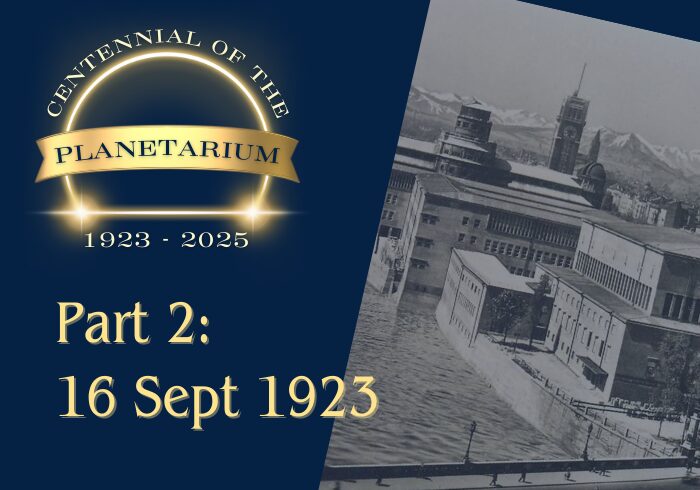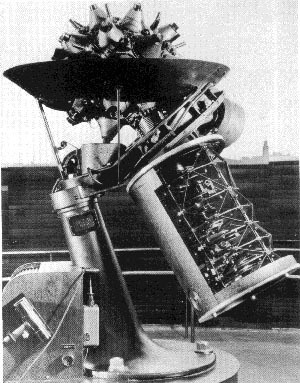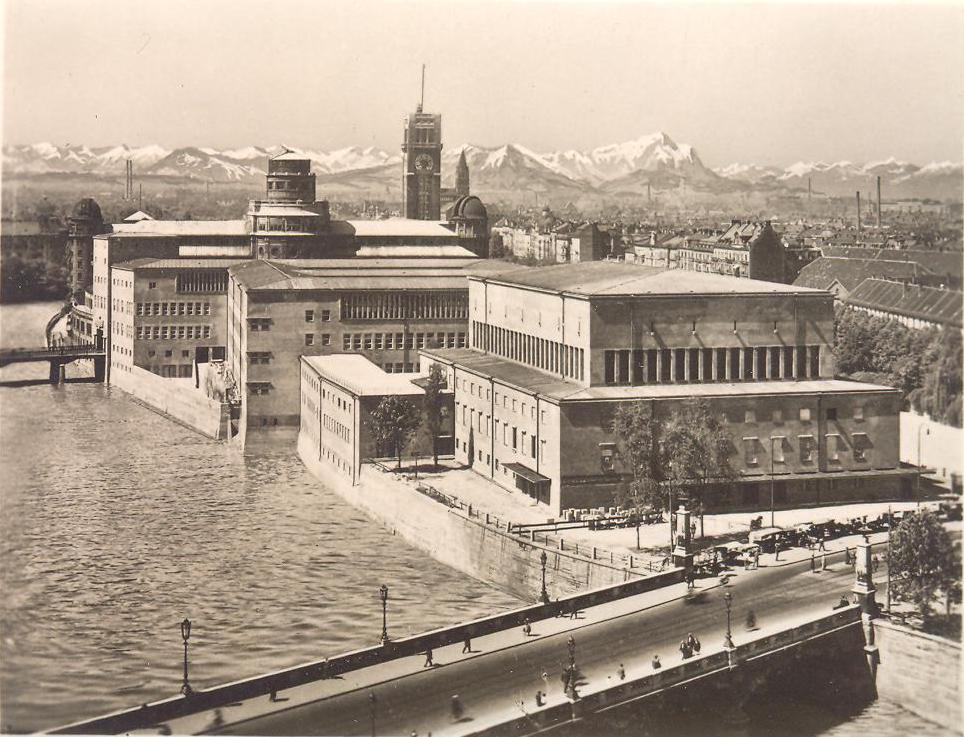SKYWARD TALES: PLANETARIUM’S STORY UNFOLDED – PART 2


Step into Chapter 2 of “Skyward Tales: Planetarium’s Story Unfolded”, where each segment illuminates a distinct era in the development of planetariums.
From their conceptual inception to the state-of-the-art digital domes of the present, this series chronicles the remarkable journey of these celestial theaters. Discover how each generation of planetariums has expanded our horizons, bringing the mysteries of the universe closer to earth.
Through this exploration, we celebrate the technological marvels and the visionary minds that have transformed these spaces into portals to the cosmos. Embark with us on a voyage through the history and innovation of planetariums.


In the realm of astronomical exploration, the inception of the first planetarium projector, the ZEISS Model I, marks a pivotal chapter. Commissioned on September 16, 1923, and unveiled in a private showcase at the Deutsches Museum a month later, this innovation laid the groundwork for what would later be celebrated as “The Miracle of Jena” during its first public presentation in 1924.


The journey to this marvel began much earlier when Oskar von Miller, founder of the Deutsches Museum, envisioned a device that could replicate the celestial dome for educational purposes. His collaboration with the Zeiss company brought to life a dream that had been ten years in the making. The project, initiated in 1913, sought to create an optical-mechanical light projector capable of displaying the stars, planets, and other celestial phenomena within a dome, making the wonders of the night sky accessible to all.
This innovation was not merely a technical achievement but a revolution in the way we interact with and understand the cosmos. The Deutsches Museum played a central role in this narrative, striving to offer a medium that demystified the complexities of the universe for its visitors.
As we reflect on this monumental step in the evolution of planetariums, we celebrate not just a technological leap, but a gateway to the infinite, inviting us to explore the stars from the comfort of our own planet.
For more on the fascinating history of the world’s first projection planetarium and its impact, visit the Deutsches Museum’s page on the history of the planetarium and explore further insights on the centennial celebration of planetariums at https://planetarium100.org/
Stay tuned for our next cosmic journey in the “Skyward Tales: Planetarium’s Story Unfolded” series.
